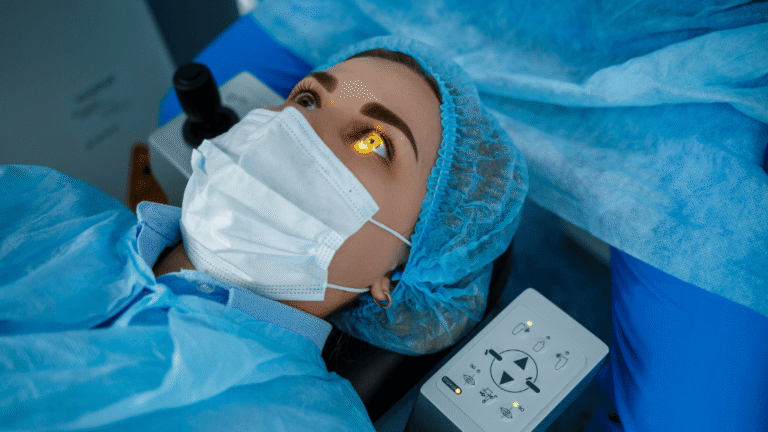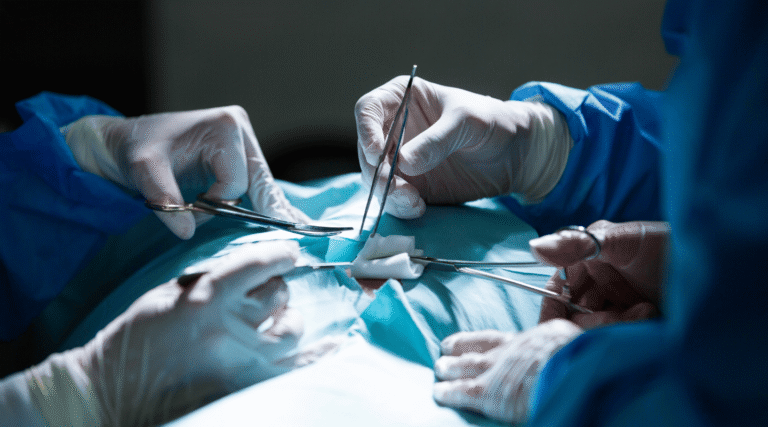Cardiovascular diseases rank among the leading causes of death worldwide – this is a well-known fact. Fortunately for us, advances in medicine have provided effective treatment methods for these diseases and even allow us to partially reverse some of these conditions by controlling heart attacks through safe interventions in the body, such as angioplasty.
Angioplasty is a life-saving procedure involving minimal medical intervention on the patient’s body to improve blood flow and prevent heart attacks. This procedure is characterized by high effectiveness and success rates in various cases of its application.
Understanding the angioplasty procedure
Angioplasty, or percutaneous coronary intervention (PCI), is a method of treating narrowed or blocked coronary arteries without surgery. Over time, arteries can become clogged with fatty plaques made of lipids in the blood (cholesterol and calcium), a condition called atherosclerosis, which can lead to angina, shortness of breath, or even myocardial infarction due to restricted blood flow.
During angioplasty, a cardiologist inserts a thin, flexible tube called a catheter through the blood vessels—usually in the groin or wrist—and guides it toward the affected coronary artery. At the end of the catheter is a small balloon that inflates at the site of the artery’s narrowing, pressing the plaque against the artery walls to widen the vessel. Additionally, a small mesh stent is often placed to keep the artery open permanently.
Types of angioplasty
There are different methods of angioplasty depending on the location and severity of the blockage:
- Balloon angioplasty: uses only a balloon to widen the artery.
- Stent placement: the most common method, involving the implantation of a stent to prevent re-narrowing.
- Drug-eluting stents: coated with medication that reduces the risk of re-blockage.
- Peripheral angioplasty: used to treat blockages in arteries outside the heart, such as in the legs or kidneys.
All these methods aim to restore normal blood flow and reduce the risk of further heart and vascular complications.
On the next page, you can find more information about what angioplasty is, pre- and post-procedure care, its benefits, and FAQs.
When should angioplasty be considered?
Coronary angioplasty is typically performed after lifestyle changes and medication have not achieved the desired results in managing symptoms of heart disease or preventing complications.
Angioplasty may be necessary if the following symptoms occur:
- Frequent and severe chest pain or discomfort that interferes with your daily life.
- You have had a heart attack and need rapid restoration of blood flow through a blocked artery to minimize heart muscle damage.
- Significant artery narrowing was found based on stress test results or imaging studies, which could lead to a heart attack.
- You have acute coronary conditions such as unstable angina or partial artery narrowing.
In urgent cases—such as during a heart attack—angioplasty can save a patient’s life by quickly restoring blood flow and reducing heart damage in the shortest possible time.
Advantages of angioplasty
The benefits of this procedure are well known:
- Rapid relief of symptoms like chest pain and breathing difficulties.
- Relatively low invasiveness compared to open-heart surgery.
- Short recovery time: most patients can be discharged the next day.
- Improved blood circulation to the heart reduces the risk of heart attack and stroke.
The procedure is performed under local anesthesia and requires only a small puncture, making it well tolerated by most patients.
Risks of angioplasty
Although angioplasty is generally considered safe, it carries some risks:
- Possible bleeding or bruising at the catheter insertion site.
- Re-narrowing of the artery (restenosis), especially if a stent is not used.
- Formation of clots near the stent placement area.
- Rare cases of heart attack or stroke can cause complications in heart function or rhythm.
After the procedure, patients are usually prescribed blood-thinning medications to reduce the risk of clot formation and ensure long-term success.
Life after angioplasty
Angioplasty does not cure the underlying heart disease but alleviates symptoms and reduces immediate risks without addressing the root causes of atherosclerosis. Therefore, after successful treatment, it is crucial to maintain a healthy lifestyle. Doctors typically recommend the following for patients after angioplasty:
- Follow a heart-healthy diet rich in fruits, vegetables, and whole grains.
- Engage in regular physical activity with doctor’s approval.
- Quit smoking.
- Manage stress through meditation, yoga, or therapy.
- Monitor blood pressure, cholesterol, and blood sugar levels.
- Attend regular check-ups with specialists.
Angioplasty is an effective, minimally invasive method for treating coronary artery disease that quickly relieves unpleasant symptoms and improves quality of life, but it is not a substitute for a healthy lifestyle.
If you or your loved ones show signs of heart disease or have diagnosed artery problems, leave your contact details and consult our cardiologist to determine whether this treatment is suitable for you. Early intervention can save lives and significantly improve quality of life.
























